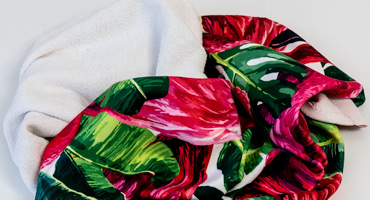The suitability and safety of work clothing largely depends on the materials it is made of. Although it may seem that, for example, all work shirts are very similar, there are some technical differences. It is worth knowing them so that you can choose the right clothing that will protect your staff for longer.
First of all, it is important to realize that different work environments require different types of work clothing and therefore the use of appropriate fabrics. For example, someone working on an oil rig will need clothing that is flame retardant and resistant to a range of weather conditions, while someone working in healthcare, such as a nurse or doctor, will need clothing that is also resistant to wear and tear.

In this article, we will discuss the types of fabrics used in the production of professional clothing, and the differences in their quality.
Most fabrics used for professional clothing are composed of several materials or fibers to provide a combination of compression and durability.
Types of fibers used in the production of fabrics for professional clothing
Polyamide fibers – An example of a polyamide fiber is nylon, which is commonly used in professional clothing due to its strength and durability. Fabrics made from nylon unfortunately retain more moisture and dry more slowly than others, meaning they are more often used as a blend with other high-performance materials.
Polyester fibers – Polyester has become very popular due to its moisture-wicking and lightweight properties. However, it is not a very soft/comfortable material, so it is often used together with cotton to provide durable and comfortable clothing.
Natural fibers – These fibers come from natural polymers such as cotton, wool and down, and provide comfort and excellent thermal properties. However, they do not have the strength and durability of synthetic counterparts, so they are often blended with polyamide or polyester fibers.
High performance fibers – Technological progress has enabled the production of fibers with unique properties. Ceramic fibers and carbon fibers have been created, which are used in specialized professional clothing for various reasons (puncture resistance, cut resistance, etc.).







